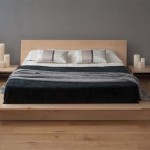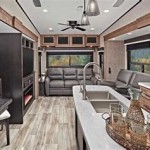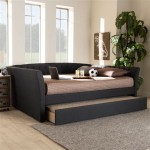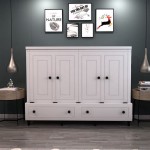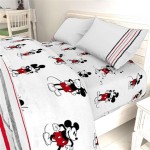How to Build a Cold Frame Over Raised Bed: Essential Aspects to Consider
Understanding the part of speech of the keyword 'How to Build a Cold Frame Over Raised Bed' helps in comprehending its role and the aspects associated with it. The keyword is an imperative verb, signifying instructions or guidance for constructing a cold frame over a raised bed. This content piece will delve into the critical aspects of building a cold frame over a raised bed, providing essential information for successful implementation.Cold frames are invaluable structures that extend the growing season by providing warmth and protection to plants. Combining them with raised beds optimizes space, improves drainage, and enhances plant growth. To ensure a successful and efficient cold frame construction over a raised bed, considering the following aspects is crucial:
### Site Selection and PreparationSelecting an appropriate site with ample sunlight and good drainage is essential. Clear the area of debris and level the ground before installing the raised bed. Proper site selection ensures optimal growing conditions and prevents waterlogging.
### Raised Bed ConstructionConstruct the raised bed using sturdy materials like cedar or redwood. The height should be around 6-12 inches, allowing for sufficient root development. Ensure the bed is level and has adequate drainage holes.
### Cold Frame Design and DimensionsDesign the cold frame to fit snugly over the raised bed. Consider the size of the bed and the desired height of the frame. The frame should have a sloped roof facing south to maximize sunlight exposure.
### Materials and ConstructionUse clear polycarbonate panels or glass for the roof and sides to allow sunlight penetration. Frame the cold frame using treated lumber or metal for durability. Secure the panels properly to prevent drafts.
### Ventilation and Temperature ControlIncorporate ventilation vents to regulate temperature and prevent overheating. Use automatic vent openers or manually adjust vents as needed. Monitor temperature using a thermometer and make adjustments to maintain optimal growing conditions.
### Planting and MaintenanceChoose cold-tolerant plants for the cold frame, such as leafy greens, root vegetables, and herbs. Water plants regularly and fertilize them according to their specific needs. Regularly check for pests and diseases and take appropriate action as necessary.
### Conclusion Building a cold frame over a raised bed offers numerous benefits for gardeners, extending the growing season and providing a controlled environment for plants. By considering the essential aspects discussed in this article, including site selection, raised bed construction, cold frame design, materials, ventilation, planting, and maintenance, you can successfully create an efficient and productive cold frame over your raised bed.
Diy Cold Frame Raised Bed With This How To Bonnie Plants

How To Build A Simple Cold Frame Building Instuctions Joe Gardener

Diy Cold Frame Raised Bed With This How To Bonnie Plants Gardening

20 Diy Cold Frame Plans For Your Winter Garden Epic Gardening

How To Build A Simple Cold Frame Building Instuctions Joe Gardener

How To Build A Cold Frame Tips For Gardening The Old Farmer S Almanac

Easy To Build Cold Frame Finegardening

Build A Diy Cold Frame Using An Old Window

From Raised Bed To Cold Frame In Minutes Hometalk

Easy Cold Frame Garden How To Convert A Raised Bed
